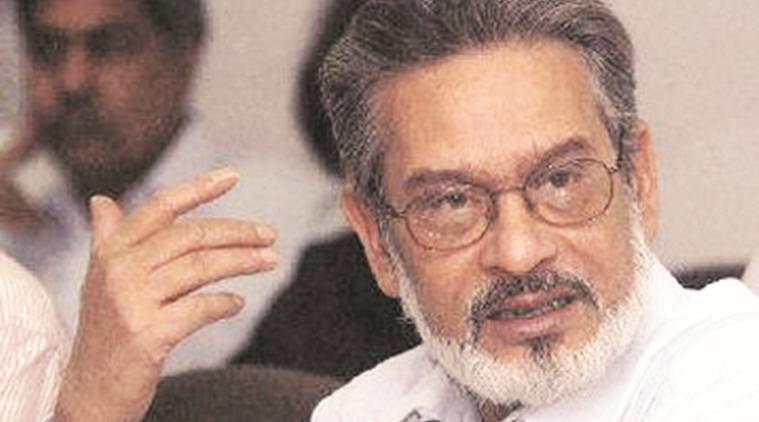A recognition of the central government’s actual fiscal deficit, which is most likely around 5 per cent, is the need of the hour, former Chief Statistician of India Pronab Sen said. In an interview with Aanchal Magazine and Anil Sasi, Sen said the deficit’s understatement by at least 2 percentage points has resulted in the central government’s debt being passed on to balance sheets of state governments and the PSUs among others, adding that the upcoming Budget should focus more on the expenditure side than further tax cuts. Edited excerpts:

That is worrying. Essentially, what is happening is, I think, more damaging than if they had actually cut expenditures. What has happened is that they have just stopped paying bills. This used to happen earlier where you delayed bill payments by 2-3 months to get over the Budget phase; but those were small amounts, 0.2 per cent or 0.3 per cent of GDP. Here we are looking at numbers of plus 2 per cent of GDP and the impression that I’m getting is that the time period has also become much longer over which the dues are not being paid. For instance, we know about state governments and PSUs. What the central government seems to be doing is that they have a fiscal hole of about at least 2 per cent of GDP, which they’ve essentially passed on to somebody else’s budget. Now, that’s worse than not having made the expenditure at all because what it does is that it then leads to a sequence of balance sheet damage.
Story continues below this ad
Is the deficit being understated by 2 percentage points or is it the amount that they’re supposed to pay out to the states and the PSUs?
Well, the states and PSUs we know kind of, not entirely, but we do up to a point. So the states are not getting the GST dues, the states are not getting the releases on the CSS parts and NREGS payments have been held up. So, states have seen a 0.3 percentage increase in their budget deficit. My sense is that all of that is simply because the Centre has not given the money that they need. But I think that’s only a part of it because what it has then led to is that states are having to cut actual expenditure because the money isn’t coming. And states face a hard budget constraint.
The other side is the PSUs. So PSU damage has been happening two ways. First, it’s coming from PSUs being forced to borrow, rather than get the subsidy that was due to them. FCI is the worst example … that’s one part. Then, you are forcing one PSU to buy shares of another PSU, which means you’re hollowing out the asset base of the PSU system and transferring it. So PSU balance sheets across the board are badly damaged.
Course correction would start by recognising what the actual deficit is.
Story continues below this ad
Recognise what the deficit is. And I have a constraint in terms of how much market borrowings I can do because the government bond market is not going to take an infinite amount of new paper. So announce it, stagger it and make interim arrangements. But at least recognise it. Because otherwise it just gets progressively worse.
And if they recognise it, the Centre’s deficit comes to say 5.3-5.5 per cent.
Yes, I would imagine it won’t be less than 5 per cent. Maybe more than that.
What do you think was the impact of the corporate tax cut?
Story continues below this ad
Corporate tax cut was a bad idea in the middle of the year. But it’s done. Nothing we can do about it. That added another 0.3-0.5 per cent to your deficit without doing anything … it’s been cut but how are you going to adjust for it. If you say I am going to take this as a additional hit on my fiscal deficit, so it’s not going to be 3.3 per cent of GDP, just on this account alone it’s going to be 3.6 per cent. But if you say no, I’m going to adjust to this by cutting something, you are just making the other problem worse, which is in fact a much more damaging step. I am afraid what you may actually end up seeing is personal income tax cuts which will send us even further into the trouble.
You say because the base is small or they are already high savers?
The multipliers are very small …
So instead the rural side should be focused upon …
Yes, you should look more on the expenditure side. Already tax side is stressed. You have got excessively and really excessively high tax targets. Having done the cut, no change in the tax targets have been announced. So what ends up happening, the taxman is under pressure because of the level of discrepancy between the targets and what is realisable.

 Pronab Sen
Pronab Sen































